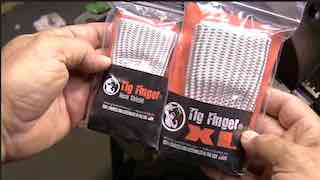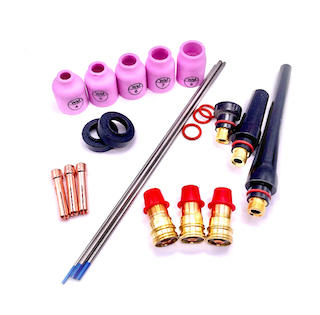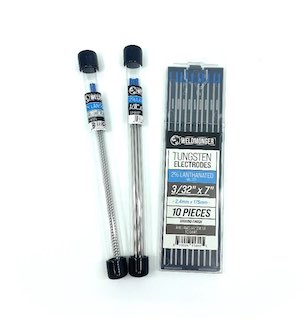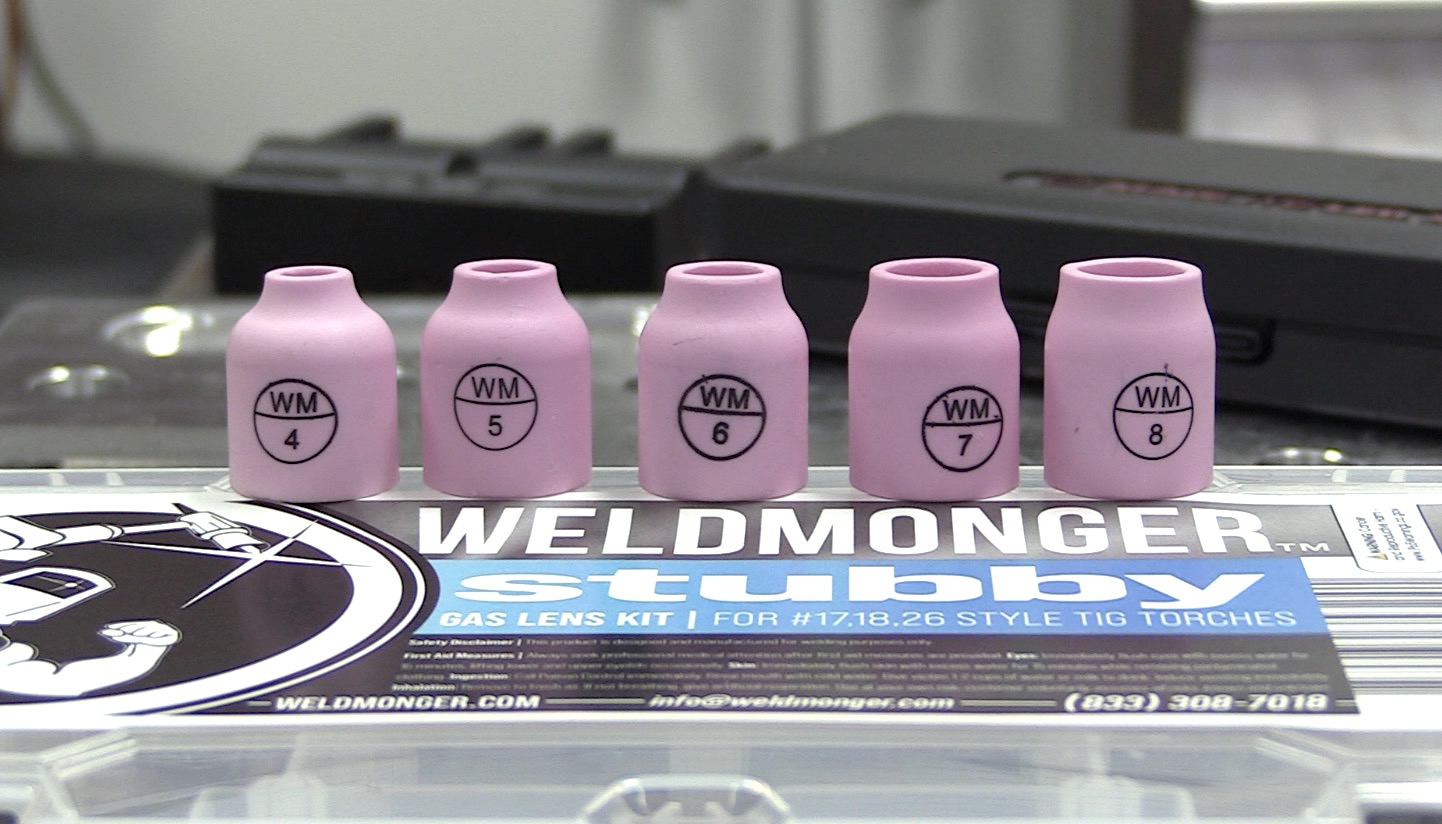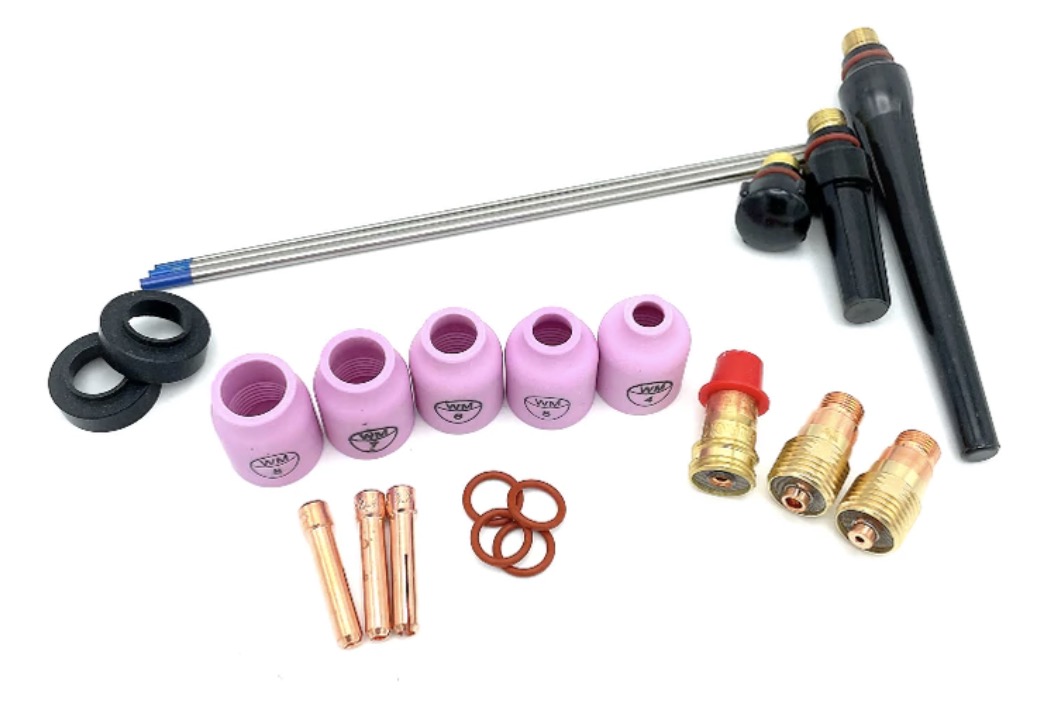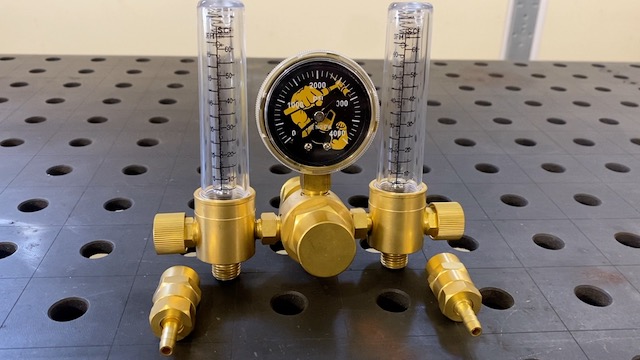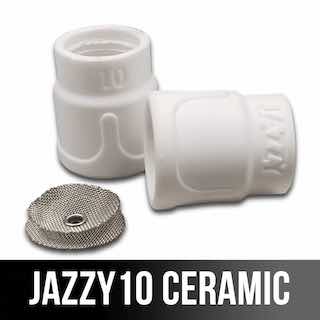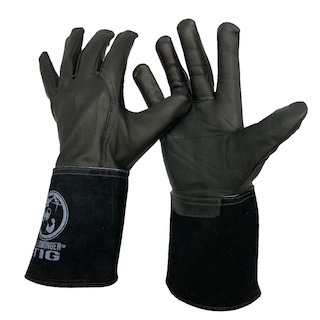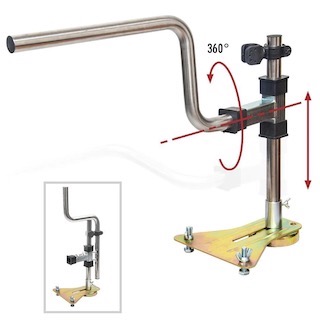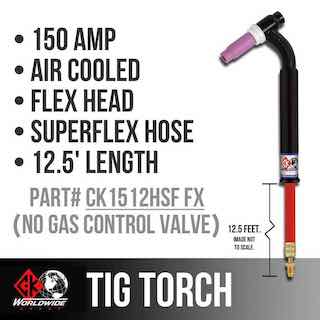Welding with stick Welder
- HOME
- STICK WELDING
- Welding With Stick Welder
Different Stick Welding Electrodes and Applications
7018 Stick welding Basics
Vertical Uphill Stick Welding with 7018
Overhead Welding 7018
Stick Welding Fundamentals: Mastering the C.L.A.M.S.
If you’ve spent any time watching welding videos or reading WeldingTipsAndTricks.com, you’ve probably heard about the acronym C.L.A.M.S.
It’s a simple way to remember the five key elements that determine how your stick welds turn out:
Current & Polarity
Length of Arc
Angle of Travel
Manipulation (Stringer vs. Weave)
Speed of Travel
Whether you’re just getting started with a stick welder in your garage or fine-tuning your technique for certification, mastering these five fundamentals is the key to consistent, strong, and clean welds.
C – Current and Polarity
Your current setting controls how much heat goes into the weld puddle.
Set it too low, and the arc stutters, the rod sticks, and penetration suffers.
Set it too high, and the puddle gets too fluid — undercut, excessive spatter, and poor bead shape are the result.
Most electrodes have an amperage range printed on the box. For example:
- E6013 (1/8") might run best between 90–130 amps.
- E7018 (1/8") runs well between 110–160 amps, depending on joint fit-up and position.
A good rule of thumb is to start in the middle of the recommended range, then adjust up or down while watching how the puddle reacts.
Polarity also plays a big role.
Stick welding uses either DC+ (DCEP), DC− (DCEN), or AC depending on the electrode type:
- DC+ (DCEP): Most penetration. Electrode positive concentrates about two-thirds of the heat on the electrode tip. Perfect for 6010 and 7018 rods.
- DC− (DCEN): Softer arc, less penetration, more control on thin metal.
- AC: Used when the welder or rod type requires it — for example, when welding with a buzz box and 6011 rods on rusty or painted steel.
If your machine allows polarity selection, always check the rod box to see what the manufacturer recommends. Using the wrong polarity can make a rod act completely different — or not run well at all.
L – Length of Arc
Arc length is the distance between the tip of your electrode and the puddle.
In general, you want to keep the arc length about equal to the diameter of the rod — or a touch shorter.
Here’s why:
A short arc gives you a tighter, smoother puddle with less spatter and better penetration.
A long arc increases voltage, causes more spatter, and often results in a noisy, unstable puddle with poor bead shape.
Try this exercise:
Run a bead holding the arc long, then another with it very tight. You’ll instantly see the difference — the tight arc bead will be flatter and cleaner with a nice, steady hiss instead of a loud crackle.
There are certain situations where a longer arc is called for but generally speaking a tight arc works best.
A – Angle of Travel
Your travel angle depends on position and technique.
For most fillet and groove welds on flat or horizontal surfaces, a 10–15° drag (backward) angle works best — meaning you lean the rod slightly in the direction you’re moving.
- Flat welds: 10°–15° drag angle
- Vertical up welds: 5°–10° upward push (tilt rod upward slightly)
- Overhead: Keep the rod nearly perpendicular for maximum control
The goal is to aim your arc right into the leading edge of the puddle — not too far ahead, not too far behind. You want the puddle to follow your rod, not chase it.
M – Manipulation (Stringer vs. Weave)
The way you move the rod affects bead width, appearance, and penetration.
Stringer beads are straight, narrow passes with little to no side motion. They’re perfect for:
- Root passes
- Out-of-position welds
- Thin materials
Stringers give the best penetration and puddle control and are required by many weld procedures.
Weave beads, on the other hand, involve side-to-side movement to cover more area or control heat buildup. Use them when:
- Filling wider joints
- Welding thick material
- Capping multi-pass welds
Keep this in mind:
- For 7018 rods, move smoothly side to side with a brief pause at the toes of the weld to let the slag flow back.
- For 6010/6011 rods, a slight whipping or cursive “e” motion helps control penetration and tie-in.
The key is rhythm — steady, deliberate motion, not random zig-zags. Watch the puddle edges, not the rod tip.
S – Speed of Travel
Travel speed ties it all together.
Too slow, and your weld builds up too high and risks slag inclusions.
Too fast, and your bead is skinny with poor tie-in and possibly even undercut.
Pay attention to the sound, too.
A stable arc makes a steady “buzz” or “crackle,” depending on the rod type.
If it starts popping erratically, your arc length or travel speed is probably off.
Putting It All Together
Each part of C.L.A.M.S. interacts with the others.
If you change your amperage, your arc length and travel speed will likely need to change too.
If you switch rods or polarity, your angle and manipulation may need adjusting.
That’s what makes welding both an art and a science.
When your C.L.A.M.S. are dialed in, everything feels balanced — the puddle flows smooth, slag peels off easily, and the bead looks like a stack of dimes.
Practice Tip
When dialing in your setup, pick one variable at a time to adjust:
Final Thoughts
Stick welding may be one of the oldest processes, but it still teaches fundamentals that carry over to TIG, MIG, and flux core.
When in doubt, go back to C.L.A.M.S. — it’s the simplest way to diagnose what went wrong and how to fix it.
Master Current and Polarity.
Keep your Length of Arc consistent.
Dial in your Angle of Travel.
Use the right Manipulation.
And maintain the correct Speed.
That’s how you go from sticking rods to laying down smooth, strong welds every time.
Your second block of text...





